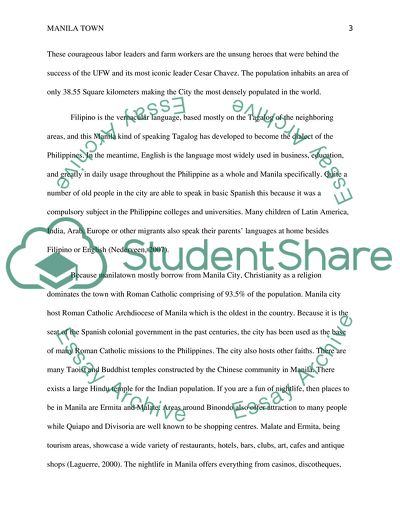Cite this document
(Manilatown Research Paper Example | Topics and Well Written Essays - 1500 words - 1, n.d.)
Manilatown Research Paper Example | Topics and Well Written Essays - 1500 words - 1. https://studentshare.org/history/1790097-manilatown
Manilatown Research Paper Example | Topics and Well Written Essays - 1500 words - 1. https://studentshare.org/history/1790097-manilatown
(Manilatown Research Paper Example | Topics and Well Written Essays - 1500 Words - 1)
Manilatown Research Paper Example | Topics and Well Written Essays - 1500 Words - 1. https://studentshare.org/history/1790097-manilatown.
Manilatown Research Paper Example | Topics and Well Written Essays - 1500 Words - 1. https://studentshare.org/history/1790097-manilatown.
“Manilatown Research Paper Example | Topics and Well Written Essays - 1500 Words - 1”. https://studentshare.org/history/1790097-manilatown.


